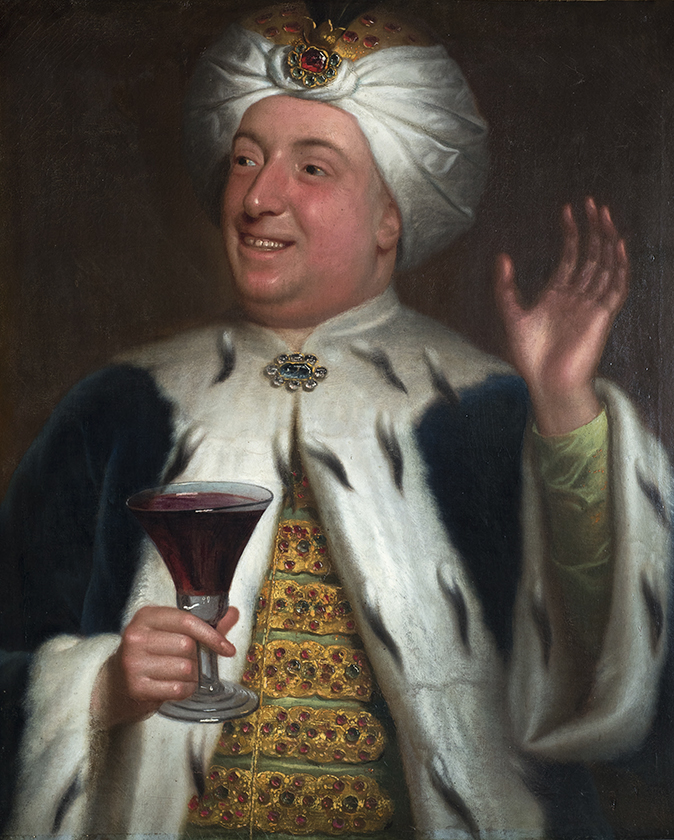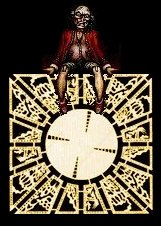THE GARDEN CONFIGURATION
"In the Garden of L"
Art research by Guillaume Roos
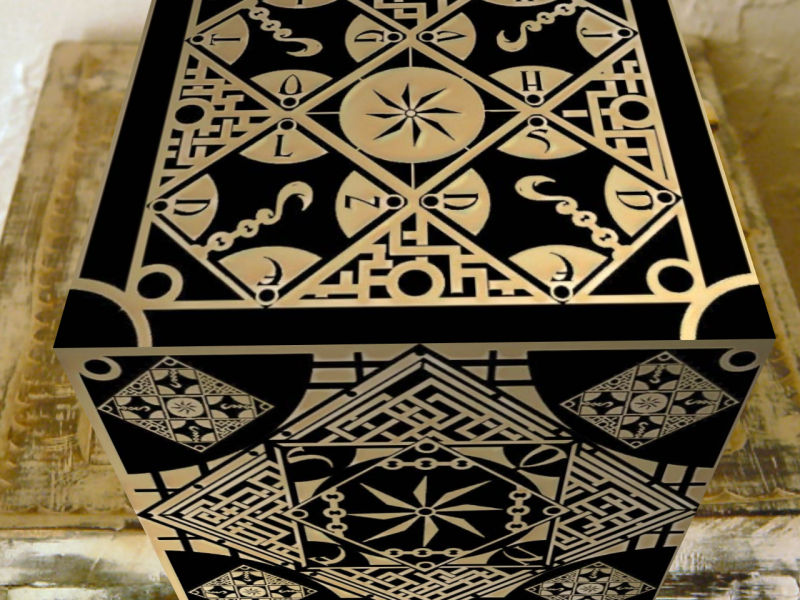
|
Philip LeMarchand based the surface panels for this music box on a pair of architectural commissions he received from famed English politician and postmaster Sir Francis Dashwood, the founder of a secret society called The Friars of St. Francis of Wycombe, more popularly known as The Hellfire Club. "Charity in the Cellar"
"Sir
Francis was the Great Architect behind all the legends of wild
orgies, pagan rituals, secret chambers, stolen stalactites, mystic
gardens, wild parties, plots against the state and even a baboon
dressed as the Devil. He built the interior of a Church in the
style of an Egyptian temple, dressed up prostitutes as nuns, influenced
and maybe even controlled some of the most powerful men in British
politics, quite likely seduced the Tsarina of Russia and rewrote the
common Book of prayer with his close friend Benjamin Franklin, one of the Founding Fathers of the United States of America."
Philip
LeMarchand spent a summer at Dashwood's
estate in West Wycombe, north of London, where he designed the floor
plans for a outdoor hedge maze and underground tunnel system where The Hellfire Club would meet for ritualized services.
"What does the L
stand for?" Sir Francis asked.
|
|
El Faquir Dashwood Pasha toasting "The Harem." It took a few months for the gardeners to create the labyrinth. On the day it was finished, Dashwood, so proud of this new toy, sent a convocation to all his relatives and friends for a gigantic garden party during which he promised a great amount of gold to the one who would be the first to find his way out of the labyrinth and tell him what the L stood for.
|
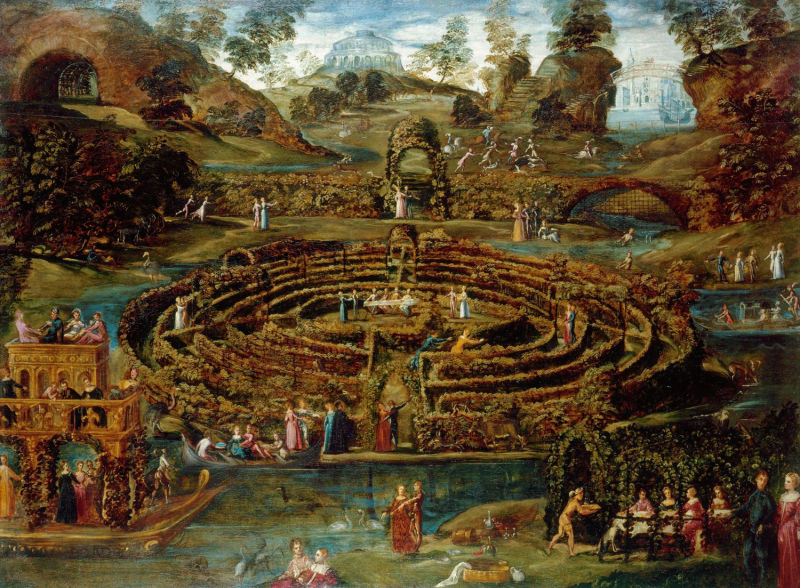 "Pleasure Garden with a Maze" By Lodewijk Toeput, 1570's
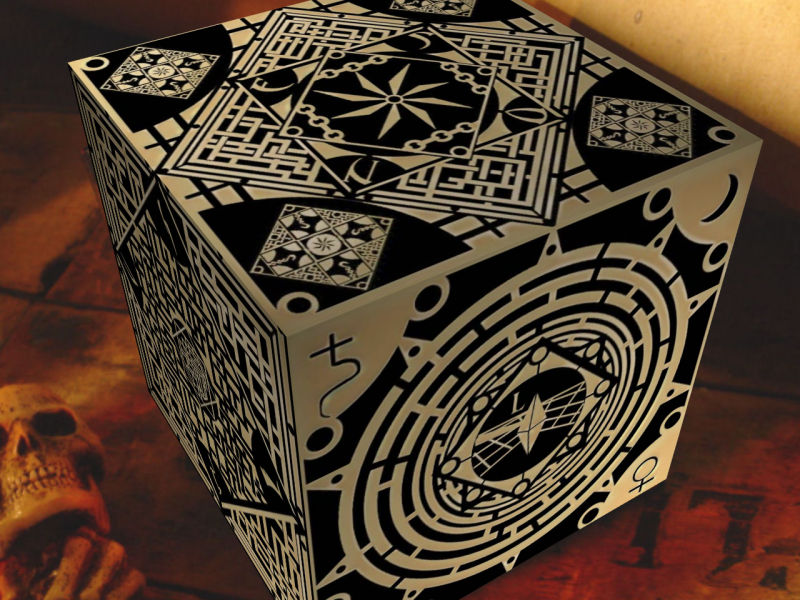
|



